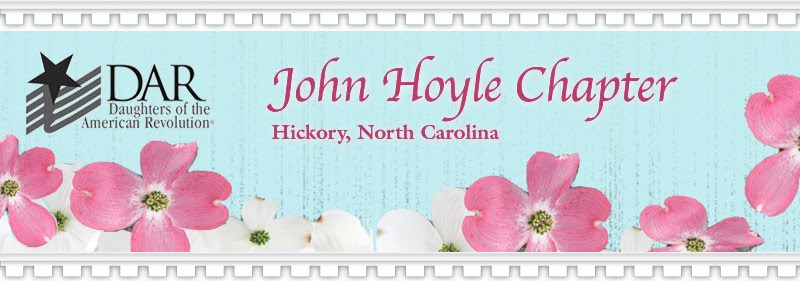CHRISTMAS
CAROL TIMELINE (approximate)
Courtesy of Becky Wharton
Courtesy of Becky Wharton
UNKNOWN:
O Tannenbaum, German; Here We Come A Wassailling, English; We
Wish You A Merrie Christmas, English.
1300: Joseph
Dearest, Joseph Mild; German lullaby
1580: What Child Is This? (Greensleeves), probably
older
1591: Coventry Carol, part of a
play, England; words Robert Croo, unknown composer
1666: I
Saw Three Ships, England, published 1833
1696: While Shepherds Watched Their Flocks By
Night, G.F.Handel, Nahum Tate, poet.
1700s: Angels We Have Heard On High,
published 1855; The First Noel,
published 1833, English & French
1719: Joy
To The World, Isaac Watts, Engllish
1751: O Come All Ye Faithful, French &
English
1780: Twelve Days of Christmas,
English & French
1800s: Go
Tell It On the Mountain, spiritual; Deck The Halls, Welsh melody, American
words.
1818: Silent
Night, Gruber, German
1827: God
Rest Ye Merry Gentlemen, English
1840: Hark
The Herald Angels Sing, German & English
1849: It
Came Upon A Midnight Clear, Massachusetts
1850: Jingle Bells, published
1857, James Lord Pierpont, Massachusetts/Savannah Ga.
1887: Away In A Manger, published, German
1904: Carol
Of The Bells, Ukranian
1907: Pat-A-Pan,
published in English, Burgundy, France carol
1932: Santa
Clause Is Coming To Town, John Coots & Haven Gillespie
1933: I
Wonder As I Wander, Annie Morgan,
Murphy, NC, published 1934 John Jacob Niles
1934: Winter Wonderland, Felix
Bernard
1940: White Christmas, Irving
Berlin, (movie Holiday Inn, Bing Crosby 1942)
1943: I’ll
Be Home For Christmas, Walter Kent, Bing Crosby
1944: Have
Yourself A Merry Little Christmas, Hugh Martin, performed by Judy Garland
1944: The
Christmas Song/Chestnuts Roasting On An Open Fire/Merry Christmas To You,
performed 1946
1945: Let
It Snow, Let It Snow, Let It Snow, Sammy Cahn & Jule Styne
1946: All
I Want For Christmas Is My Two Front Teeth, Don Gardner, Perry Como Radio
Show
1947: Here
Comes Santa Claus, Gene Autry
1948: Sleigh
Ride, Leroy Anderson
1948: Blue
Christmas, Billy Hayes & Jay Johnson
1949: C-H-R-I-S-T-M-A-S
1949: Rudolph
The Red-Nosed Reindeer, Johnny Marks
1950: Silver Bells, Jay Livingston
& Ray Evans
1951: It’s
Beginning To Look Like Christmas, Meredith Willson
1951: Christmas
in Killarney, Irish
1951: Frosty
The Snowman, sung by Gene Autry
1952: I
Saw Mommy Kissing Santa Clause, Tommie Carter
1953: Santa Baby, Tony &
Phil Springer & Joan Javits
1954: Caroling, Caroling, Alfred
Burt
1954: There’s No Place Like Home For
The Holidays, Robert Allen. Sung by
Perry Como
1955: I’m Getting Nuttin’ For
Christmas, Sid Tepper & Roy Bennett
1956: I Heard The Bells On Christmas
Day, Johnny Marks, words Henry W. Longfellow 1863
1958: Jingle
Bell Rock, Joe Beal, James Boothe
1958: Rockin’
Around The Christmas Tree, Johnny Marks
1958: Little
Drummer Boy(Carol Of The Drum), Katherine Davis
1958: The Chipmunk Song, Ross
Bagdasarian, Sr.
1959: The Secret Of Christmas,
Sammy Cahn & Jimmy VanHeusen
1961: Must Be Santa, Hal Moore
& Bill Fredricks
1962: Do You Hear What I Hear?
Gloria Shayne Baker, plea for peace during Cuban Missile Crisis
1963: It’s the Most Wonderful Time
Of The Year, George Wyle & Edward Pola; Andy Williams
1964: Holly Jolly Christmas, Johnny Meeks
1966: Christmas
Is, Percy Faith
1966: We
Need A Little Christmas, Jerry Herman
1970: Feliz Navidad, Jose
Feliciano
1970: Merry Christmas Darling,
Richard Carpenter & Frank Pooler
1979: Grandma Got Run Over By A
Reindeer, Randy Brooks.


